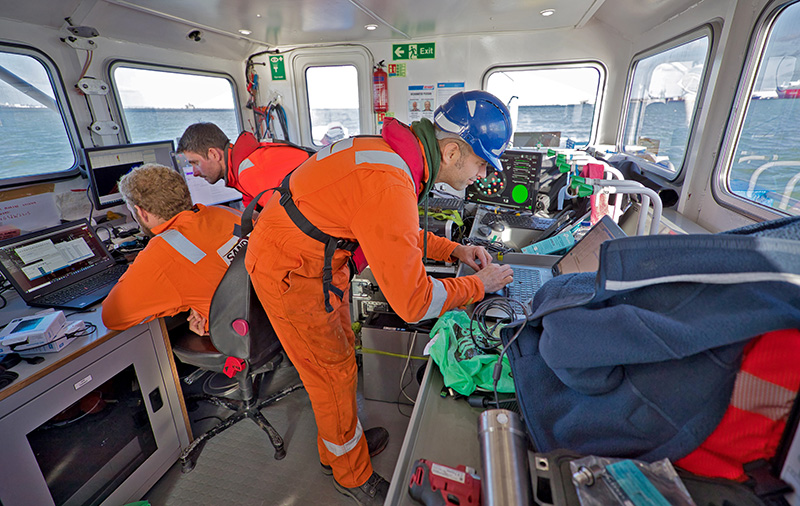The creation of scalable renewable energy solutions is critical to successfully transition to a sustainable future. However, the development of project – whether on land or in the marine environment - can be impacted by challenges caused by legacy explosive remnants of war.
Effective mitigation of explosive risk is crucial to ensure the safety of workers, to protect renewable energy infrastructure, and to promote sustainable development.
SafeLane Global removes barriers to a sustainable future through the mitigation of explosive risk; here we will highlight the key challenges, strategies, and best practices for enhancing safety and sustainability.
Removing risk is critical for multiple reasons. Firstly, it ensures the safety of workers involved in the construction, operation, and maintenance of renewable energy facilities, such as wind farms, solar power plants, and hydropower installations.
By implementing robust mitigation measures, renewable energy companies can minimise the risk of accidents, injuries, and fatalities resulting from explosive hazards. Lives and reputations will be protected.
Mitigating explosive threats also protects critical renewable energy infrastructure, enabling uninterrupted power generation and distribution. Damage caused by explosive remnants of war can cripple renewable energy projects, leading to downtime, and resulting in financial losses.
The final critical reason to raise here is that planning for and removing the risk from UXO can ensure renewables companies contribute to sustainable development efforts and environmental stewardship. They aid in the clearance and remediation of affected areas, allowing for the deployment of renewable energy projects whilst preserving natural habitats.
Explosive threat mitigation for the renewable energy industry presents the following challenges:
Identifying and assessing potential explosive hazards can be complex, particularly when establishing projects in areas with a history of conflict or military activities or offshore.
Surveys, risk assessments, and collaboration are essential to determine the presence and extent of contamination and remove it.
Ensuring compliance with safety standards and global regulations such as IMAS is another challenge, particularly when operating across different jurisdictions. Renewable energy companies must navigate through diverse national and international guidelines to implement appropriate mitigation measures – fortunately SafeLane Global is already supporting multiple actors within the renewables sector to successfully navigate these challenges.
Best practices for explosive threat mitigation
To effectively mitigate explosive threats in the renewable energy industry, several strategies and best practices can be adopted. Firstly, conducting thorough risk assessments and surveys during the project planning phase is essential.
These assessments will identify potential explosive hazards, evaluate their severity and potential impact on your project, and inform the development of appropriate mitigation plans.
Integrating an explosive threat mitigation plan into the design and construction of your renewable energy infrastructure is also critical. Incorporating protective measures, such as the use of specialised equipment and materials, can enhance the resilience of renewable energy facilities against explosive threats.
By promoting awareness and providing training to your workers and stakeholders involved in the project is also crucial. Educating on how to recognise and respond to explosive hazards enhances overall site safety.
Collaborating with SafeLane Global will facilitate the timely clearance of affected areas and contribute to the sustainability of your planned renewable energy project – whether on land or in the marine environment.
With global reach, the ability to rapidly deploy and extensive experience supporting wind, solar and other renewables projects, SafeLane Global is posed to support you. Contact the team.


